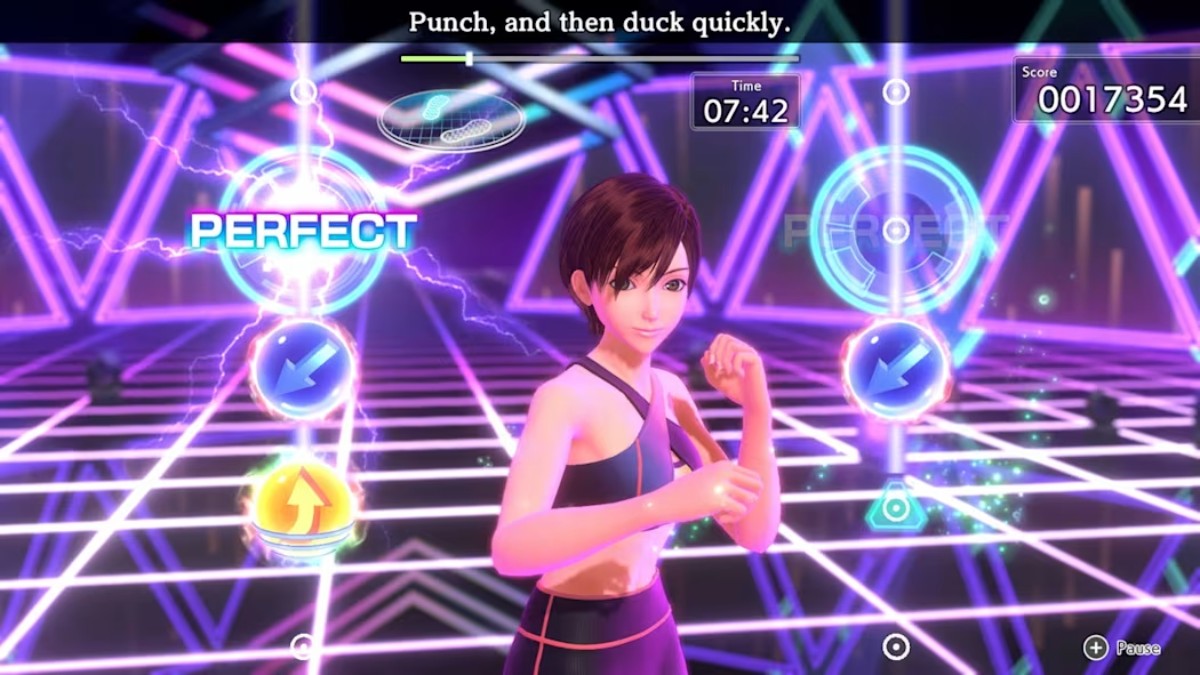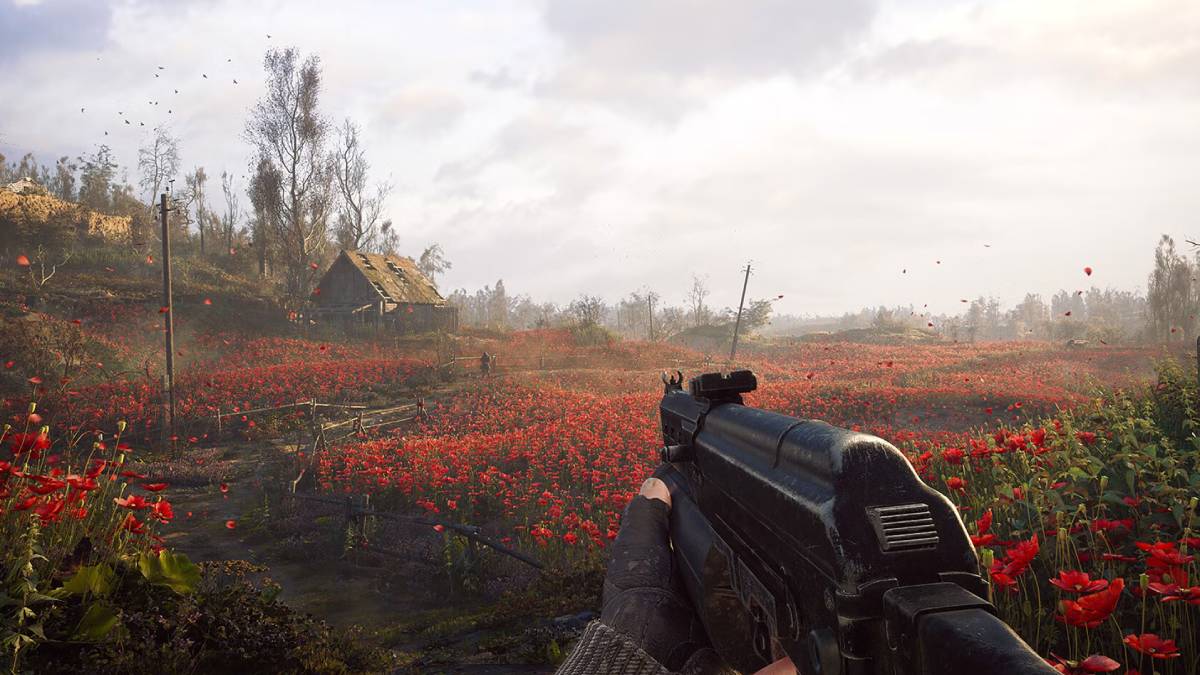It’s true: Compile Heart RPGs aren’t for everyone, even longtime JRPG fans. Their signature tone and flair for fanservice ranges from Hyperdimension Neptunia’s all-female cast of questionable quality to Record of Agarest War’s tactical T&A-filled epic narratives.
Fairy Fencer F falls somewhere in between those two extremes. Despite a few failings, this game puts together a solid experience driven by characters and a rewarding gameplay system.

Fairy Fencer F comes to the West via NIS America. It tells the story of Fang, a young man who accidentally becomes a wielder of fairies who transform into weapons. That is, a Fencer, and gets sucked into a quest to revive a goddess and get his partner’s memories back.
By count that brings the game to about four or five used and abused tropes, but it isn’t done yet. As Fang sets out on his journey, a whole gang of ragtag misfits signs on. Including a talking animal, a noble, and a gorgeous scientist who is actually a slob. Fairy Fencer F deals out quite the hand of well-designed characters whose archetypes have been seen before.

The characters themselves are, however, very well executed. Complete with both a Japanese and English voice track, of which the English track is mostly preferable, each character’s acting leaves almost nothing to be desired. Their personalities are surprisingly interesting, and seeing their unique quirks gradually get revealed as they depart from their archetypes is rewarding.
As they act out the main plot of the game, Fairy Fencer F’s surprising plot strength takes the stage, though it takes a couple hours or so to really get going. The prologue and initial stages stumble and fumble their way through character introductions and exposition, but once the various entities and characters are revealed the story takes off with a bang.
The story, of course, is focused on fairy fencing. Fang and his crew are tasked with finding Furies, weapons with fairies residing in them, and using them to unseal the Divine Goddess. Competing elements like rival fencers and the suspicious Dorfa Corporation are the primary enemies, so fighting them along with the monsters infesting the world takes up most of the game.

Combat is Fairy Fencer F’s core element. The player’s characters run about a circular arena in a turn-based fashion on a 3D map. Each character has a limited attack range and a movement range each turn, making the positioning of characters and attacks a crucial tactical element. The active party is limited to three participants despite a roster double the size. Inactives can switch out with those on the frontlines, however, so a total party kill is hard to achieve.
Characters wield their partner fairies as weapons, and each weapon takes one default form but switches to others as the user wishes. Attacking takes the form of skills, magic, and combos. Characters can have anywhere from one to four attacks in a row, and each corresponds to a different weapon and motion. Their combinations are pretty numerous, and along with each characters’ super mode (called “Fairize”) and unique special command, combat is interactive and overall enjoyable, if at times a little repetitive.

The last thing Fairy Fencer F does to set itself apart are the Furies. Apart from a character’s primary partner, each one can equip a Fury that grants them stat bonuses and abilities unique to the Fury. They gain experience just like players, and levelling them up grants new abilities and item bonuses as well. As an added bonus, each Fury can be used to “world shape” a dungeon, modifying anything from the monsters that roam there to the amount of experience gained.

Fairy Fencer F features one last gameplay element called “Godly Revival.” Here, the Furies binding the Vile God and the Divine Goddess can be removed and their power transferred to a Fury with a matching class (from C to S). Each Fury can be used only once and equipped Furies can’t be used in world shaping, making the decision of which one gets which special Fury power another strategic element.
When not in combat, Fang and company hang around the one town that serves as their base of operations or wander around the fields hunting monsters. Like Tales before it, “Symbol Attacks” can be made to gain a preemptive strike advantage in battle; enemies similarly gain ambush advantages if that attack misses or if they get the party’s back.

Since combat takes up the most time of Fairy Fencer F it would be logical to assume that it received the most attention graphically. This could not be further from the truth, as wandering the fields and combat consist of the worst visuals in the game. Town and menu screens along with character sprites during conversations are gorgeous and colorful; the fields are deplorable by comparison, and actual combat doesn’t fare much better.
From an audio perspective the game sounds great without taking too many risks. Claims by the publisher that Nobuo Uematsu is a composer must be taken with a grain of salt (he composed 2 tracks out of 41), but despite this misleading advertising the soundtrack is quite good save for a single song that plays every time Fairize is used. It is easily the most annoying audio track in the game, and listening to it is unavoidable.

All these elements would normally combine to make a much-less-than-average game, but Fairy Fencer F combines them in a way that keeps the player invested. Its questing system, Fury element similar to Persona, and character progression consistently and repeatedly give the player new ways to develop the party, and experimenting with new strategies is very rewarding. Combat is at times same-y but the versatility of combinations and strategies make playing through it enjoyable if not always challenging.
Ultimately, Fairy Fencer F’s few awful qualities keep it from being a fantastic game. Apart from a few annoying aural attributes and its subpar combat visuals this is a great JRPG. Characters are interesting and humorous, poking fun at each other’s and at the narrative’s tropes without ruining the more serious moments. While definitely not for the average gamer, JRPG fans definitely want to check this one out.




Published: Sep 16, 2014 07:57 am